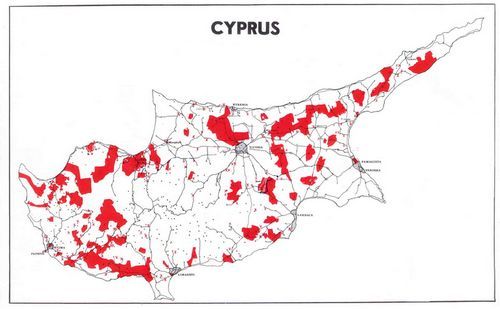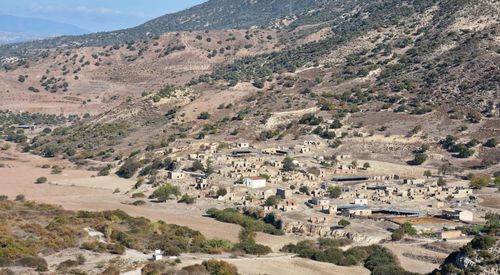Two Communities......Greek Cypriot and Turkish Cypriot
Neither in Ottoman nor British times did the two major communities constitute a Cypriot people.
On his arrival on the island on the 22nd July 1878, the first British Governor, Sir Garnet Wolseley, was greeted by the Bishop of Kition with the following words:
"We accept the change of government inasmuch as we trust Great Britain will help Cyprus, as it did the Ionian Islands, to be united with Mother Greece, with which it is naturally connected."
British rule allowed the communities to set up separate school systems, both of which imported teachers from their respective mainlands who taught children to see themselves as 'Greek' or 'Turkish' but not 'Cypriot.'
The two communities mixed readily enough tolerant of religious differences but, although they sometimes lived side by side in the same village, they often resided in separate villages or town quarters.
As the two communities continued the process of self-segregation, fewer members learned their neighbour’s language meaning that contact between the two became increasingly limited.
The period between 1891 and 1931 saw the number of ethnically-mixed villages in Cyprus reduce from 43% to 36%.

The red Turkish Cypriot areas show the segregation of the two communities by 1958.
Both communities left villages where they were in the minority and most towns had clearly defined Greek and Turkish quarters.
Click the map or this link to view a larger image (in a new window)

As an example, in 1946, Souskiou was a mixed community of 349 Turkish Cypriots and 113 Greek Cypriots
By 1960 there were 344 Turkish Cypriots only